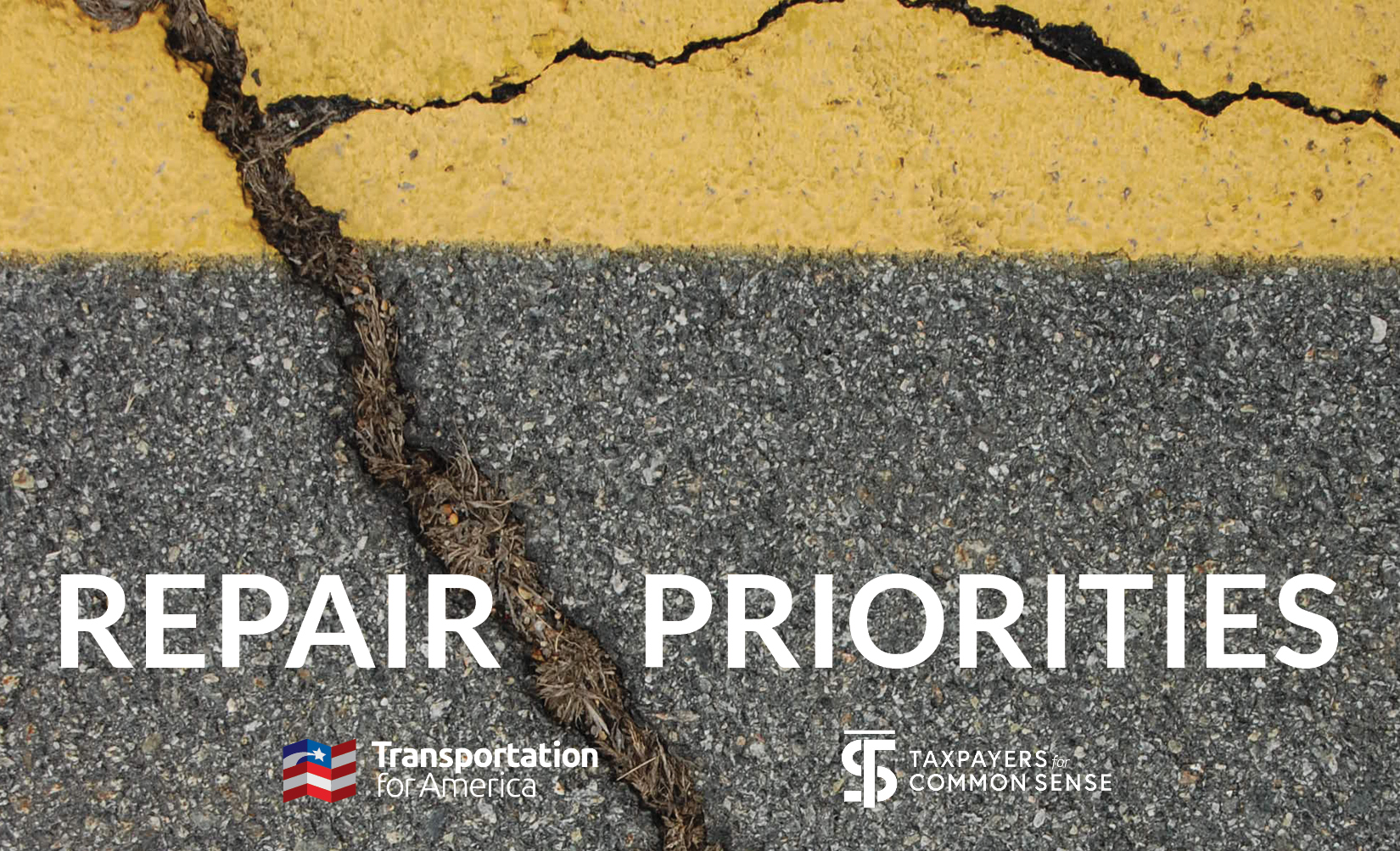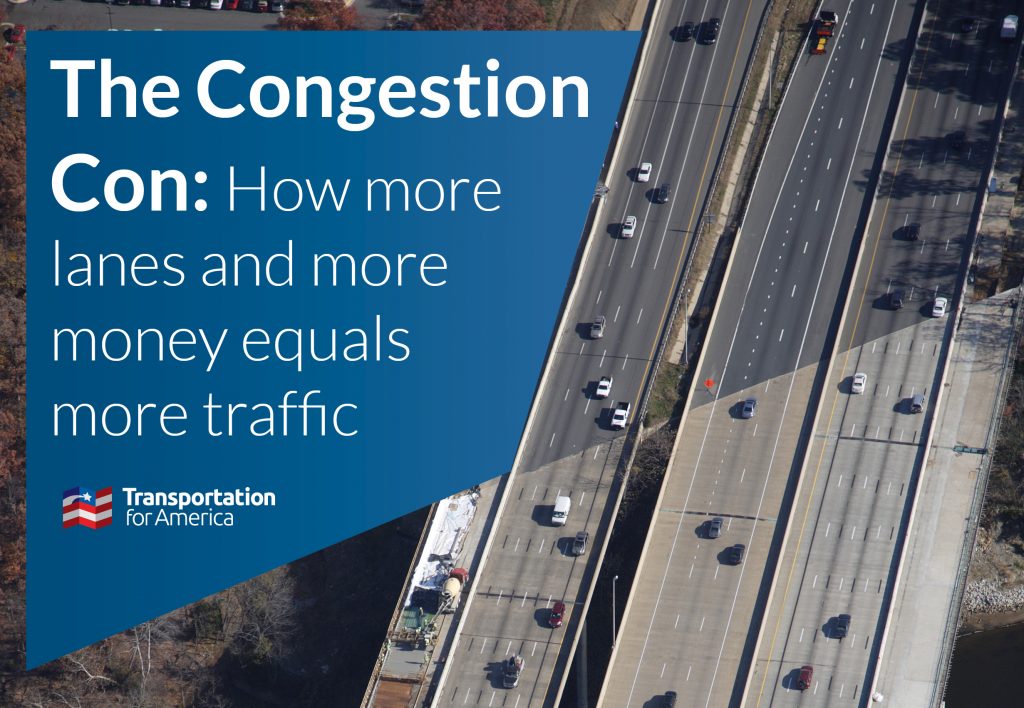FAQ: Transportation bill expires, emergency extension passed
 |
| The Senate Garage Fountain (Olmstead Fountain) and the US Capitol Originally uploaded by kimberlyfaye |
UPDATED: We posted a similar question-and-answer document covering the specific issue of rescissions. Read that here.
As you may have read on Streetsblog Capitol Hill, where Elana Schor has been closely tracking the inexorable march toward expiration of the old transportation bill (SAFETEA-LU), the Senate passed an emergency one-month extension of the current law last night, just hours before the deadline.
There have been a lot of questions flying around today, so we’re going to try to post some simplified answers to clear up any confusion. Federal transportation policy is not the simplest code to decipher, but we’ll try our best to start with the basics.
The short explanation?
The Senate failed to pass an extension of their own to match the House’s recent 3-month extension before the transportation bill expired last night.
To prevent transportation spending from stopping entirely, Congress added a one-month extension of current transportation law to a last-minute bill (a Continuing Resolution) that keeps the federal government from shutting down in case they don’t pass the required individual spending bills for the next year. The one-month Continuing Resolution did not address the scheduled loss of $8.7 billion in transportation funds that will be taken from states, starting today.
Click through the jump below if you want much more detailed information.
Did our current six-year transportation bill (SAFETEA) expire at midnight last night?
Yes it did. Though it expired, the spending and programs of SAFETEA will now be continued for one month.
Why September 30th?
The start of the new fiscal year for all government agencies is October 1st. Every year, the House and Senate have to pass a slew of yearly spending bills that fund all government agencies before the previous bills expire on September 30th. This includes the Department of Transportation in addition to all other government agencies.
If new bills are not passed, the government can shut down, as it did in 1994.
The House recently passed a 3-month extension and the Senate wanted an 18-month extension of the transportation bill. How did we end up with just one month?
Last Friday the House passed a three-month extension of SAFETEA. The Senate needed to pass an extension of their own and then reconcile the length of their version with the House’s version in a conference committee before sending it to the President. The Senate failed to pass an extension of 3, 18 or any other substantial number of months before reaching the deadline.
To keep government from shutting down when old spending bills expire on September 30th, lawmakers have built in a backstop known as a Continuing Resolution (CR). The House and Senate included a one month extension of funding for the transportation bill in the CR. The House passed their CR bill on Friday as part of the Legislative Branch Appropriations Bill, and the Senate passed theirs last night and sent it to President Obama.
What does this one-month emergency CR extension do to the possibility of a longer extension of SAFETEA.
This stopgap Continuing Resolution (CR) buys just one month of time for the Senate to act on their version of a longer extension. The House passed a 3-month extension last week. The Senate can pass a longer-term extension this month, and then try to reconcile the length of theirs with the House version. As of today, they have 31 days left to work on this.
But, starting today, 8.7$ billion in transportation money is being taken away from the states (see rescission, last section below). This will give the Senate strong urgency to work out a deal as soon as possible. State DOTs, local politicians, lobbyists and others will be putting heavy pressure on Senators to work out a deal immediately to keep their states from losing money.
Does this mean they can still pass a longer extension soon?
They can pass a longer extension anytime this month. The House passed a 3-month extension, so the decision is now up to the Senate on how to proceed, and how long of an extension to pass. The ball is in their court.
It is virtually guaranteed that a full transportation bill will not pass during October, though it’s legally possible. Chairman Oberstar in the House will continue negotiating with the Senate to pass his 3-month extension, while continuing to work on his full transportation bill (STAA). He wants to pass a full, six-year bill before the end of the year. (Though if a 3-month extension is enacted this month, it would carry us to January 31st instead of December 31st.)
What are the chances it’ll be 18 months like the Senate originally preferred.
Though the Senate maintained their preference for an 18-month extension, in line with the administration, they’ve shown willingness to negotiate. There was an attempt to pass a 3-month extension in the last two days, which failed to garner enough support to reach a vote. It’s entirely possible the Senate could pass a 3-month extension in the coming days or weeks.
If they pass an extension longer than 3 months, then the House and Senate will reconcile their versions before sending it to the President.
They have until October 31st to act, though states will be losing transportation money until they do.
States will be losing money? What is this “rescission” issue I keep hearing about?
In short, it was an accounting provision built into the last transportation bill, SAFETEA-LU, that takes back a share of funds that states have not obligated to contracts or projects yet. Under the Continuing Resolution, states will lose a total of $8.7 billion in contract authority (spending, basically) for all transportation projects.
We’ll have more details on this issue later today. It’s quite complex, but here is a quick summary from the subscription service Transportation Weekly
…state highway departments can expect the Federal Highway Administration on Wednesday to withdraw each state’s share of the $8.7 billion rescission in highway obligation authority. Many states will, overnight, lose millions of dollars in transportation spending authority…
Attempts last week to attach the rescission repeal to either the government-wide continuing resolution or to the House-passed three-month SAFETEA-LU extension bill failed, having run into House rules requiring an offset of either increased revenues or equivalent spending cuts in other areas of the budget, neither of which can normally be easily done on an expedited basis.
For the House to repeal the rescission, they needed to find other funds to pay for it, per budget rules in the House. Streetsblog reports this morning that there was a bipartisan plan to use TARP money to prevent the rescission, clearing the way for the House to approve it, but that it was shot down by a group of GOP lawmakers in the Senate:
A bipartisan bid to extend existing federal transportation law for three months — and tap the TARP bailout fund to avert the cancellation of $8.7 billion in contract authority — was rejected on the Senate floor last night after GOP senators insisted on using stimulus money, rather than bailout cash, to fix the problem.
The drama played out hours before the midnight deadline for preserving the $8.7 billion, the majority of which would go toward state road and bridge work. Senate environment committee chairman Barbara Boxer (D-CA) and her panel’s senior Republican, Sen. Jim Inhofe (OK), agreed with their respective party leaders to shift $300 million in bailout money as a temporary fix to prevent state DOTs from canceling projects.
The rescission will affect every state differently in terms of money lost — and from what programs it will be taken. The last time there was a rescission, some states tried to take an unfairly large share from programs that repair and maintain bridges, protect air quality, or build sidewalks or bike commuting trails.
We will have some details on the numbers up as soon as we have them. Questions? Ask away in the comments and we’ll try to answer.




















Pingback: Brief Update on National Transportation Funding « Crossroads
Pingback: The Daily Dig - Heads Up Driving Week Edition » INFRASTRUCTURIST
Pingback: Hamburg’s Bike Parking Houses « Advocating Sustainable Transportation